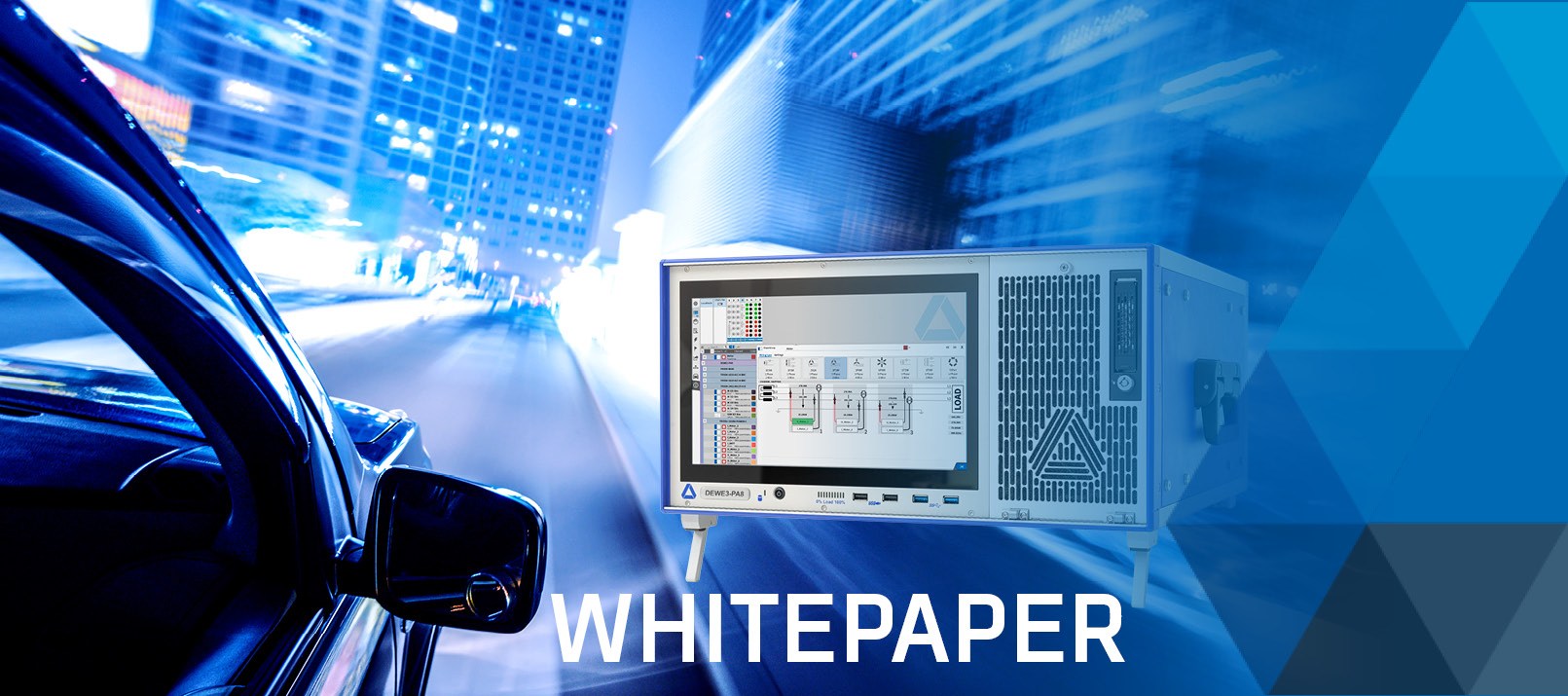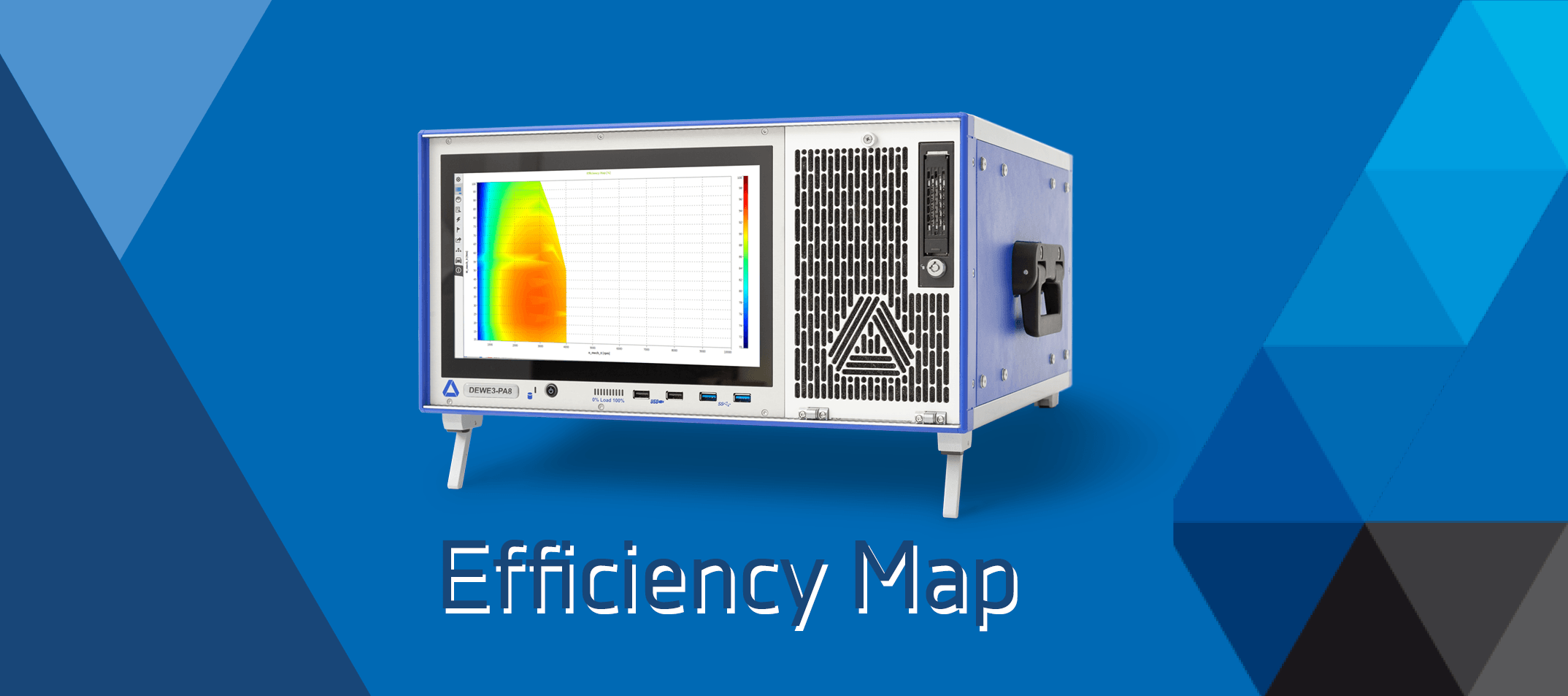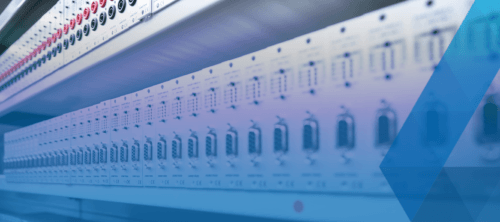SAMPLE RATE & OTHER PARAMETERS THAT ARE WORTH TO KNOW

When dealing with measurement technology and measurement devices, it is worth to know a variety of specifications and how they work. This is important for determining the right specifications that you need for your application.
One specification that is crucial to know is the sample rate. The sample rate is the frequency of reading an analog signal within a given time and convert it into a discrete-time signal. Sampling a signal is a periodic process, therefore the measurement unit is hertz and defines the cycles per second. Therefore, 1 Hz equals 1 S/s (Sample per second).
To find the right sample rate, it must fulfill the Nyquist theorem to be able to reconstruct the signal correctly.
The Nyquist theorem – choosing the right sample rate
The Nyquist theorem is part of the fundamentals of signal conditioning. Based on that, you must choose the sample rate at least twice as high as the maximum frequency in the signal. This rule applies for pure sine wave signals, but usually measurement engineers choose the sample rate 10 times as high in order to guarantee a sufficient signal quality.
What is oversampling?
You should not mix up choosing a sample rate 10 times as high as the maximum frequency with the principle of oversampling. Oversampling a signal means, that it requires a higher amount of samples for additional resolution. In contrast, the measurement device cannot retrieve more information out of the original signal. The signal must be oversampled four times, to reach one additional bit of resolution.
Other parameters to consider
Beside the sample rate, the data throughput and storing rate are also important parameters. Whenever a measurement task requires high sample rates to transfer all the data to the mainboard and hard drive, those two parameters are crucial factors. Especially for large measurement systems including multiple devices, you should pay attention to the data throughput.
There are differences on which bus you use to transfer the measured raw data to the mainboard. There is a difference between the PXI and the PXIe bus: While one board of the PXI bus achieves a data throughput of 90 MB/s, the use of the PXIe bus can achieve 400 MB/s. Thus, using the PXIe bus can realize data throughput rates of up to 1 GB/s.
The storage plays an important role for long term measurements with recording times of hours or even days. Be careful to choose storage accordingly to handle all the data.
Bandwidth vs. sample rate
Last but not least, you should also choose the bandwidth in the right manner just as the sample rate. We are going to explain this with a short example. A rectangular signal sweep is generated from 1 kHz to 30 kHz and sampled with a sample rate of 20 kHz. The signal can be reconstructed with a maximum frequency of up to 2 kHz, if the sample rate of 20 kHz stays the same.

The left figure illustrates the signal, whereas the rectangular signal can clearly be reconstructed as the beginning frequency is 1 kHz. Already at a frequency of 2.5 kHz, seen in the right figure, the rectangular signal is smoothed and looks more like a sine wave. This process keeps on going until the signal cannot be reconstructed anymore.
We hope that you were able to get a good insight to some of the many parameters that you should consider when planning a measurement task. The careful consideration of the various parameters is for sure worth the time to avoid problems in the future. However, each application or project is different and comes along with different challenges.
Explore our product range to find the right device with specifications fitting your application. Or simply contact us to receive more information about this topic.
Do you already know the DEWETRON Academy? Every Tuesday we publish a short tutorial video with useful tips for our data acquisition software OXYGEN.







